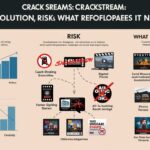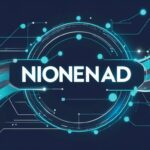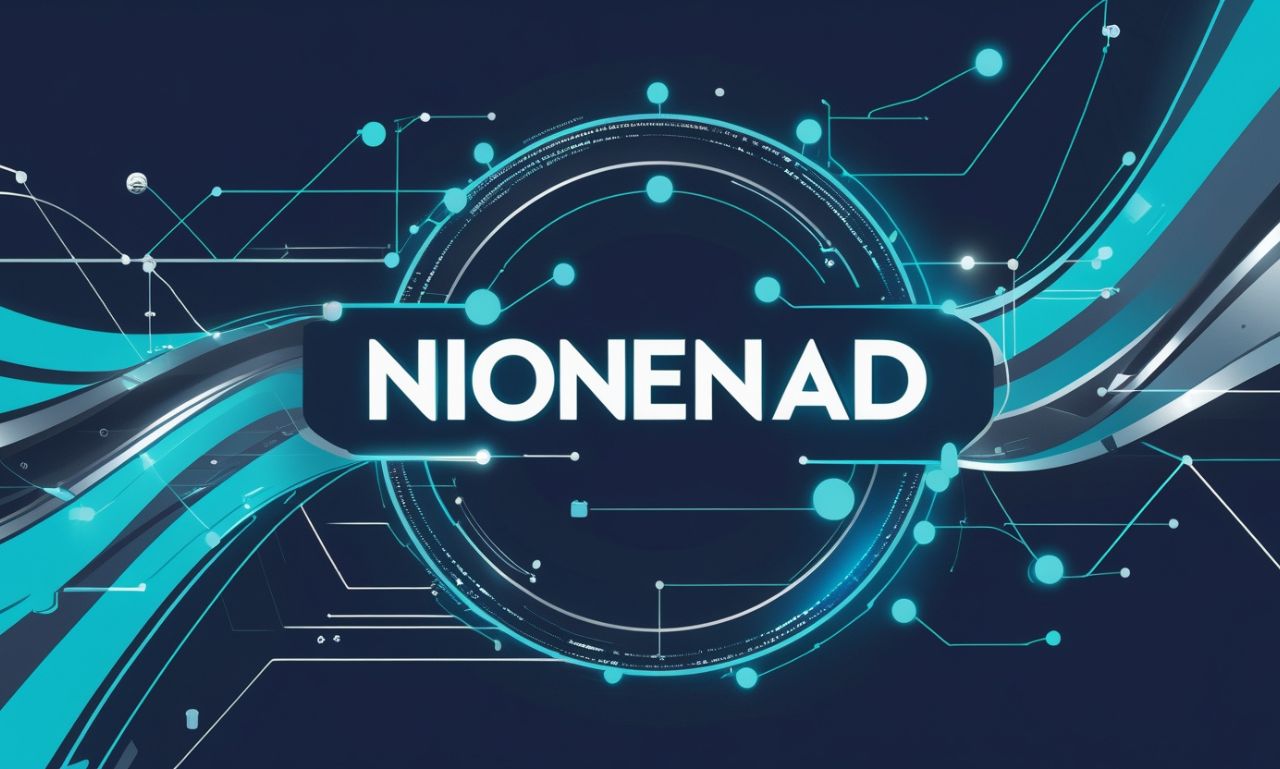“Nionenad” is a term increasingly surfacing in conversations about digital identity, creative ecosystems, and technology-driven culture. While still nascent, it aspires to be more than a buzzword — it suggests a model for integrating personal branding, digital assets, and immersive experience. In this article, we’ll unpack Nionenad from multiple angles: its origin, core principles, applications, challenges, and future outlook.
Origins & Meaning of Nionenad
The etymology of “nionenad” is not yet established in academic lexicons. But in the emerging discourse, Nionenad is often described as a portmanteau or coined concept combining elements of “nio-” (new, next), “neo-” (modern), and “nad” (networked identity). Some early commentators propose it signifies the next frontier of how we present ourselves, digitally and socially.
Though still speculative, proponents argue Nionenad is less about a fixed definition and more about a framework: a lens through which to view how identity, experience, and technology will intertwine in coming years.
Key Principles of Nionenad
To understand Nionenad, we can break it down into a few guiding principles that seem to recur in early writings:
1. Digital Identity as a Living Asset
Under Nionenad, your digital identity is not static — it evolves, adapts, and extends across platforms. Unlike a branded handle, your identity in Nionenad can incorporate:
-
Ownership of digital artifacts (NFTs, avatars, domain names)
-
Reputation metrics (ratings, peer endorsements, behavioral scores)
-
Interoperability among platforms (your identity “travels” with you)
2. Creative Expression as Core
Creativity plays a central role in Nionenad. It emphasizes unique self-expression—whether through visuals, sound, storytelling, or code—as a fundamental part of identity. Rather than purely functional profiles, Nionenad expects that segments of your identity are crafted, curated, and dynamic.
3. Strategic Network Integration
Nionenad imagines identity as embedded within a strategic network: collaborations, communities, partnerships, and influence play into how the identity grows and resonates. Your reach, network bonds, and participation in “identity ecosystems” matter as much as your individual content.
4. Experience & Immersion
Beyond flat profiles, Nionenad expects immersive experiences—virtual spaces, AR/VR, mixed interactions—where identity is manifested and felt. It’s not only how you look or what you own, but how others perceive and interact with you in digital environments.
5. Ethical & Interpretive Flexibility
Because Nionenad is emergent, it must allow for flexible interpretation. Its ethics—privacy, consent, transparency—are not fixed but must be negotiated as ecosystems evolve. The concept emphasizes co-creation and collaborative governance rather than top-down rules.
Nionenad in Practice: Applications & Case Studies
Although Nionenad is still largely conceptual, a few use-cases and speculative applications illustrate its potential:
Personal Branding & Portfolios
Digital creators (artists, designers, influencers) can apply Nionenad to their portfolios: rather than a static gallery, the portfolio becomes alive—showcasing evolving works, credentialed collaborations, interactive “scenes” where fans explore identity facets.
Virtual Worlds & Metaverse
In immersive realms (virtual reality, augmented spaces), Nionenad identity could serve as the thread tying together avatars, spaces, possessions, and reputation. Your identity in one world may persist—and evolve—in another.
Identity Marketplaces
Platforms might emerge where identity attributes (licenses, badges, verified credentials) are bought, sold, or licensed. Under Nionenad, identity pieces become modular assets within an ecosystem you manage.
Collaborative Ecosystems & DAOs
Within decentralized autonomous organizations (DAOs) or creative collectives, Nionenad identities help manage trust, role reputations, and governance. You don’t just join a collective — your identity adapts to its norms and your contributions.
Corporate / Brand Identity
Brands or institutions might adopt Nionenad principles in how they present themselves across media, how they allow user co-creation, and how their identity is participatory. A “brand identity” under Nionenad is less monolithic and more networked.
Benefits of Adopting Nionenad
If the concept becomes widespread, embracing Nionenad could bring several advantages:
-
Continuity across platforms — your identity “travels,” reducing fragmentation.
-
Rich expression & differentiation — more nuanced, multidimensional identity built from creative elements.
-
Monetization & assetization — identity modules and credentials can have value.
-
Stronger trust & social capital — reputation systems and networks help build credibility.
-
Adaptability in emergent spaces — ready for AR/VR, mixed environments, and identity morphing.
Challenges & Criticisms
However, Nionenad is not without obstacles. Some of the major challenges include:
Privacy & Surveillance Risks
As identity becomes more connected and data-rich, the risk of intrusive surveillance or misuse increases. Without clear guardrails, Nionenad systems might map out personal patterns dangerously.
Identity Theft & Forgery
The more dynamic and assetized identity becomes, the more tempting it is to counterfeit or hijack. Robust verification, cryptographic safeguards, and legal frameworks are needed.
Inequality & Access
Not everyone has equal access to technology or creative capital may favor those already embedded in digital ecosystems, widening gaps.
Governance & Standardization
To coordinate across platforms and networks, standards must emerge. But who defines them? Centralized control would betray the open ethos; too decentralized leads to fragmentation.
Concept Drift & Vagueness
Because “Nionenad” is still a flexible concept, its definitions may diverge. Without clarity, its adoption may splinter into incompatible approaches.
Future Outlook for Nionenad
As of now, Nionenad is in its speculative infancy. But the trajectory suggests it could become a catalyst concept—a guiding vision more than a fixed system. Here’s how it might evolve over the next 5–10 years:
-
Prototyping & Experiments
Early projects will test identity modularity, reputation tokens, cross-platform profiles in AR/VR, and creative identity marketplaces. -
Standards & Consortiums
To enable interoperability, stakeholder groups may form to define protocols—much like W3C, but for “identity experience.” -
Integration with AI
Identity systems under could leverage AI agents that interact on your behalf, curate identity fragments, or translate identity across contexts. -
Legal & Regulatory Alignment
Lawmakers will begin to define rights, responsibilities, and safeguards around identity assets, digital personhood, and misuse. -
Adoption in Niche Domains
Initially, Nionenad may take off in creative, gaming, virtual communities, and next-gen social spaces before mainstream adoption. -
Cultural Shift
As more people live part of their lives in virtual and hybrid realms, the expectation of identity as evolving, participatory, and assetized may become normative.
How You Can Start Exploring Nionenad
Whether you’re a digital creator, brand, developer, or curious observer, here are practical steps to begin:
-
Experiment with modular identity — define “aspects” of your identity (e.g. art persona, professional persona, social persona), and test merging them in different spaces.
-
Collect or build digital artifacts — NFTs, domain names, badges — as identity modules.
-
Engage in cross-platform identity linking — make sure profiles, avatars, and credentials talk to each other.
-
Join or create experiments — participate in virtual worlds, DAOs, identity SDK trials.
-
Advocate for ethical design — demand privacy, transparency, and user control in identity systems.
Conclusion
Nionenad is emerging as a provocative, future-oriented concept in the domain of digital identity and creative presence. While still largely theoretical, its emphasis on modular identity, immersive expression, networked trust, and adaptive ecosystems positions it as a possible next stage in how we see ourselves—online, offline, and in hybrid worlds.
Adoption will require experimentation, governance frameworks, and ethical guardrails, but the idea of living, evolving identity assets is compelling. Whether becomes mainstream or remains a visionary proposal, it invites us to rethink the boundaries between identity, art, technology, and society.
If you like, I can also craft visual mockups or speculative scenarios of Nionenad in real platforms. Would you like me to do that?











